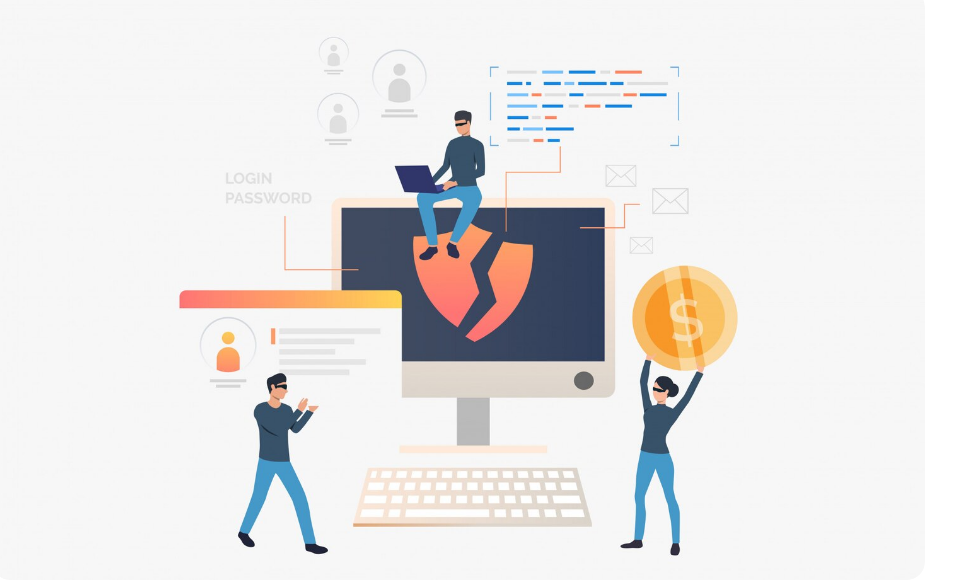Table of Contents
- Introduction
- What Is Cyber Resilience?
- The Intersection of Cyber Resilience and Digital Transformation
- Why Cyber Resilience Is Central to Business Continuity
- Building a Cyber-Resilient Digital Transformation Framework
- The Role of AI and Automation in Cyber Resilience
- Cyber Resilience Metrics and KPIs
- Regulatory and Compliance Considerations
- Future Trends in Cyber Resilience
- Conclusion
- Key Takeaways
Introduction
In today’s rapidly evolving digital landscape, cyber resilience has become the cornerstone of sustainable transformation. As organizations move their operations, data, and customer engagement to digital platforms, the line between technological innovation and security vulnerability continues to blur. Businesses that fail to embed cyber resilience into their digital transformation strategy risk not only data loss but also reputational damage and operational disruption.
Rather than viewing cybersecurity as a technical checkbox, cyber resilience represents a mindset — one where digital progress and protection go hand in hand.
What Is Cyber Resilience?
Cyber resilience goes beyond traditional cybersecurity. It is the ability of an organization to anticipate, withstand, recover, and adapt to adverse cyber events while continuing essential operations.
Where cybersecurity focuses on prevention, resilience emphasizes continuity. It’s not just about stopping attacks but also about ensuring business functions can survive and thrive during and after an incident.
In the age of cloud adoption, hybrid work models, and AI-driven operations, this resilience-oriented approach ensures that innovation remains sustainable and trusted.
The Intersection of Cyber Resilience and Digital Transformation
Digital transformation initiatives — from cloud migration to automation — expand the attack surface. Each new digital touchpoint increases exposure to cyber risk. Integrating cyber resilience into transformation strategies ensures that security and agility evolve together.
Key intersections include:
- Cloud Security Integration: Cloud platforms enhance scalability but also demand shared responsibility models. Cyber resilience ensures continuous monitoring and compliance.
- AI and Automation Risks: Automated workflows improve efficiency but may introduce algorithmic vulnerabilities. Resilience frameworks mitigate those risks.
- Data Protection: As data becomes the lifeblood of digital enterprises, encryption, backup, and real-time recovery become non-negotiable components of resilience.
- Hybrid Workforce Security: Remote and hybrid work have decentralized enterprise networks. Cyber resilience strategies enforce consistent access control and endpoint protection.
Why Cyber Resilience Is Central to Business Continuity
In the context of digital transformation, downtime equals revenue loss. A single cyberattack can halt production lines, disrupt customer service, and erode stakeholder confidence. Cyber resilience, therefore, ensures continuity of critical operations even under duress.
Consider three essential pillars:
- Proactive Defense: Using predictive analytics, AI-based threat intelligence, and continuous vulnerability assessments.
- Rapid Recovery: Automated response plans and cloud-based redundancy minimize downtime.
- Adaptive Improvement: Post-incident analysis feeds learning loops, enabling stronger defenses in future iterations.
A cyber-resilient organization doesn’t just recover — it evolves.

Building a Cyber-Resilient Digital Transformation Framework
To align security with innovation, organizations must embed resilience at every transformation phase — from planning to execution.
1. Strategic Alignment
Cyber resilience begins with leadership. Executives should treat it as a business enabler, not a cost center. Integrate risk management with digital strategy from the outset.
2. Zero Trust Architecture
Adopt a Zero Trust model, where every access request — internal or external — must be verified continuously. This principle limits lateral movement and prevents unauthorized data access.
3. Data Governance and Encryption
Data is the nucleus of digital transformation. Implement end-to-end encryption, role-based access, and regular audits. Cyber resilience demands that sensitive data remains both secure and accessible when needed.
4. Automation and AI for Defense
Leverage machine learning to detect anomalies, automate patch management, and predict breaches. Intelligent automation ensures faster incident detection and response.
5. Employee Awareness and Culture
Technology alone cannot sustain resilience. Employees must be educated on phishing, data handling, and access control protocols. A cyber-aware culture acts as the first line of defense.
6. Incident Response and Recovery Plans
Resilience means preparing for disruption. Maintain tested recovery plans, simulate breach scenarios, and ensure that mission-critical systems can be restored swiftly.
7. Third-Party Risk Management
Digital transformation often involves external vendors and cloud partners. Vet them for compliance, ensure shared responsibility, and monitor third-party integrations continuously.
The Role of AI and Automation in Cyber Resilience
AI-driven tools now play a transformative role in cyber resilience. Predictive models can identify threats before they materialize, while automated orchestration minimizes human error during incident response.
For instance:
- Anomaly Detection Systems identify irregular network patterns in real time.
- Behavioral Analytics detect deviations from normal user activity.
- Automated Playbooks execute pre-defined security actions instantly.
Together, these technologies enable faster response times and higher operational confidence across digital ecosystems.
Cyber Resilience Metrics and KPIs
To ensure continuous improvement, organizations should track measurable outcomes. Core metrics include:
- Mean Time to Detect (MTTD) and Mean Time to Respond (MTTR)
- System Uptime During Incidents
- Percentage of Critical Assets Covered by Backup
- Employee Awareness Index
- Post-Attack Recovery Costs
Measuring resilience not only demonstrates ROI but also highlights strategic gaps for improvement.
Regulatory and Compliance Considerations
As digital transformation scales globally, compliance frameworks like GDPR, NIST, and ISO 27001 reinforce the necessity of resilience. Regulators increasingly emphasize data continuity and transparency, making resilience a compliance advantage rather than a burden.
Organizations that proactively align with these standards build stronger reputations and avoid costly penalties.
Future Trends in Cyber Resilience
The next wave of resilience will be adaptive and autonomous. Future-ready organizations are investing in:
- AI-Powered Threat Prediction Systems
- Quantum-Resistant Encryption
- Cyber-Physical System Security for IoT and edge computing
- Continuous Validation Mechanisms to test real-time preparedness
The convergence of cybersecurity, data analytics, and business intelligence will redefine how resilience supports innovation in the digital era.
Conclusion
Incorporating cyber resilience into digital transformation is no longer optional — it’s a prerequisite for sustainable growth. True resilience ensures that innovation does not compromise protection, and agility does not erode trust.
Organizations that align technological advancement with resilience principles will emerge as leaders in both digital maturity and business integrity.
Key Takeaways
- Cyber resilience is the foundation of future-ready digital transformation.
- A proactive, adaptive framework enhances both security and agility.
- AI, automation, and data governance are integral to resilience success.
- Business continuity, compliance, and trust are direct outcomes of resilient transformation.







Leave a Reply